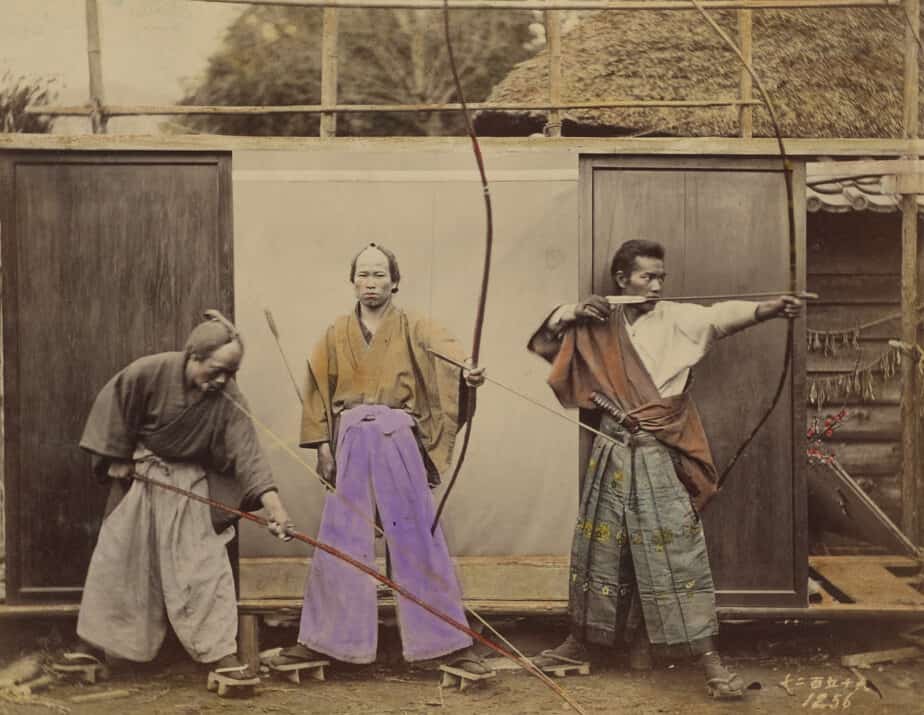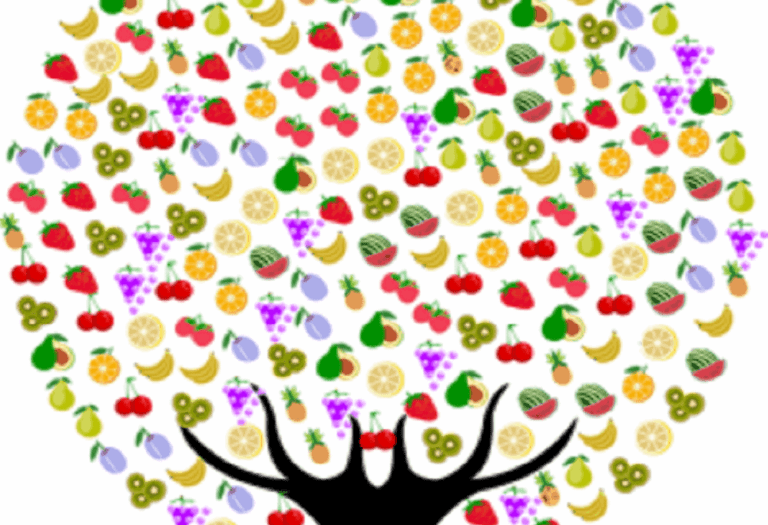Your cart is currently empty!
The History Of Ninjas And Their Use Of Almonds For Poison

The history of ninjas and almonds is an interesting and very ancient history. To start, almonds have a history as a poison. Before the modern era, a handful of almonds could disable you or kill you. Newlyweds in ancient Rome were showered with almonds. They considered these poisonous almonds a fertility charm. This became a custom that has stayed until today of giving sugared almonds at a wedding.
There is a written text from close to 1,600 years ago that St. Basil’s Hexaemeron, a Christian text from around the fourth century, wrote of his attempt to take the poison out of almond. His writing contains a curious botanical instruction: Pierce an almond tree in the trunk near its roots. Stick a “fat plug of pine” into the center of the tree. Deep enough and the almond seeds will undergo a remarkable change.
That might be the first record of attempts to make the almond contain less cyanide. Almond trees flourished in areas such as Spain, Morocco, Greece, and Israel. It was the harvests of domesticated almonds that fed explorers traveling along the Silk Road to China. This includes the great explorer, Ibn Battuta, who wrote about eating almonds during his exploration of the known world in 1352. Spain is the only country that maintained a significant almond industry, and they are still a producer of almonds.
What Is Cyanide In Nature?
Cyanides are produced by certain bacteria, fungi, and algae. It is an antifeedant in a number of plants. Cyanides are found in substantial amounts in certain seeds and fruit stones, e.g., those of bitter almonds, apricots, apples, and peaches. Chemical compounds that can release cyanide are known as cyanogenic compounds.
In plants, cyanides are usually bound to sugar molecules in the form of cyanogenic glycosides and defend the plant against herbivores. Cassava roots (also called Manioc), are an important potato-like food that grows in tropical countries. In fact, Manioc is the base from which tapioca is made. They contain significant levels of cyanogenic glycosides. The processing of this ingredient is done carefully to remove the toxins.
The bitterness and toxicity of wild almonds come from a compound called amygdalin. When ingested, this compound breaks down into several chemicals, including benzaldehyde, which tastes bitter, and cyanide, a deadly poison. Wild, bitter almond seeds serve as amygdalin storehouses, keeping predators away with their nasty taste and poisonous effect.
Japan And The Almond

Almonds originated in the western parts of Asia and modern-day China. Most likely cultivated there. The exact place of domestication is lost in time. Scientists have been able to point to Western Asia as the most likely place where almonds would grow in the wild.
Almonds show up in a number of historical texts. By the time printing and writing took over, almond domestication was well underway. There were a number of poisons that one could use. First off, there were plant-based poisons. There was another plant named the Aconitum that was an efficient poison. As a matter of fact, there are only a small number of types of frogs that have skin that produces fatal poison. The reason nature made them this way is to dissuade predators in the wild from eating them. In addition, minerals such as mercury and lead contain toxic metals to humans. There were a number of poisons available in Japan.
Ninjas And Their Use Of Poison
Poisons made from mineral, plant, and animal sources had differing effects on humans. Specifically, potent enough to kill but also to incapacitate. Warriors might want to put the enemy to sleep, paralyze him, or make him shake with laughter. With the potential global food crisis, you see barbaric action taking place in third world countries similar to obtain resources.
Naturally, Almond trees are found all over the world. This poison gives these trees a great defense mechanism from animals. As time went on, humans worked to remove poison from this food, and now it is a stable food crop. Thanks to modern domestication efforts, sweet almonds are delicious and safe to eat. Currently, there are no more dangerous amounts of Cyanide in the modern almond.

Ninja or Shinobi was covert agent or mercenaries in feudal Japan. Their employment was based on their skills in espionage, infiltration, deception, and ambush. Their skills in ninjutsu made them formidable fighters. In detail, the ninja history with almond poison is found in the historical text. These books also mention other forms of poison that come from various natural sources in covering their weapons.
Blades, darts, and arrows were tipped with poison for use in assassinations. The Japanese blowgun, or Fukiya, is known around the world as a tool for assassination. Dipped in poison, a dart from the blowgun can hide on a person in many ways. Poison was readily available to the shinobi and was used often. The Japanese Samurai and Ninja and their use of almonds as a poison kept with their training and strategy. Their focus is on using a minimum of strikes to win any combat.

Ninjas’ Poison Weapons For Assassination
When a weapon has a covering of deadly poison, it is often a dagger in the history books. Perhaps, the reason for this is to add drama to the history. However, arrows, darts, and swords can also be poisoned. The poison is usually either instant or takes effect later. It is important to note that the poison being fatal is not always the case. Oftentimes, the poison will weaken, paralyze, or disorient the target instead. This occurs for a variety of reasons, such as wanting to capture them alive or avoiding accidentally killing oneself. In some cases, though, the intent may be to actually kill the target with their own hand. Knowing they only stand a chance against the opponent if they are in a weakened state first can give the poisoner a deadly advantage.

Slowly, over the years, more people chose to grow edible almond varieties and not poisonous varieties. That has led almonds to become a multi-billion dollar industry. The history of almonds from a poison to a stable crop shows the ingenuity of the farmer to make almonds available worldwide.







